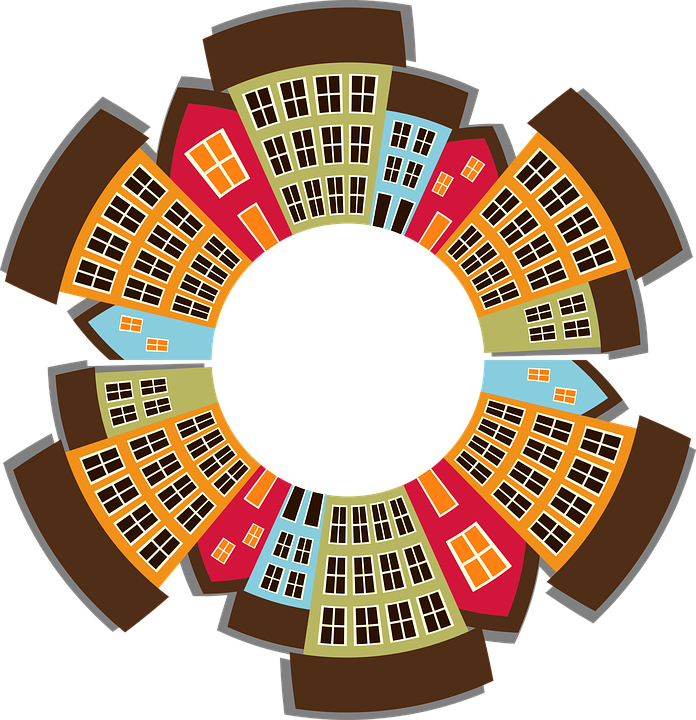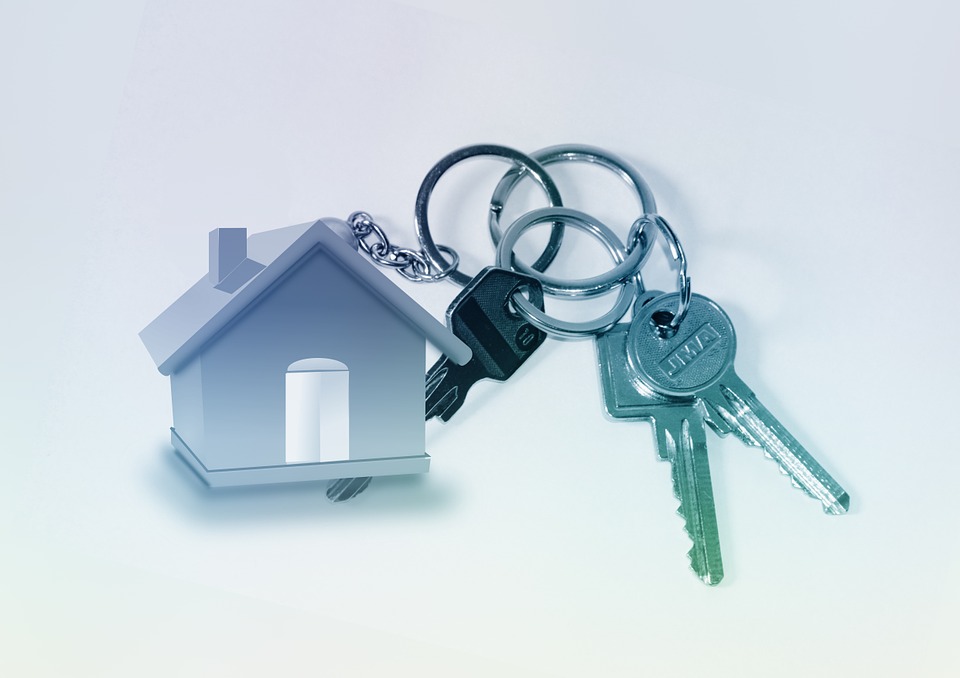THE total value of Scotland’s housing stock reached £400.7 billion in 2018 registering one of the highest rises in the UK.
Despite a UK-wide slowdown in the housing market amid Brexit concerns, the total value of Scotland’s housing stock increased by £20.3 billion, real estate adviser Savills found.
That is a 5.1 per cent rise over the year, the fifth biggest gain of the 12 areas of the UK surveyed.
It comes as average house prices in Scotland have hit their highest ever level, despite the struggles facing the property market in England and Wales.
Last month, data from Your Move found that the average house price in Scotland was now £184,569 – up 1% up month-on-month and 5.5 per cent year-on-year.
This was the highest average ever, above the March 2015 peak set by a spike in prices immediately ahead of the introduction of the Land and Buildings Transaction Tax.
The total value of the housing stock across the UK reached a record £7.29 trillion in 2018, increasing by £190.3 billion, according to the analysis.
The gains came from outside London, as the total value of its residential housing stock recorded a £26.2 billion fall – the first decrease since 2009, Savills said.
London’s housing stock is still worth £1.77 trillion – more than four times the combined value of homes in Birmingham, Manchester, Edinburgh, Glasgow, Cardiff, Bristol, Liverpool, and Sheffield.
“Our analysis demonstrates the scale of the housing market and underlines the importance of housing to the economies of London and the UK as a whole, both as an asset class and store of private wealth,” said Lawrence Bowles, residential research analyst at Savills.
He continued: “As affordability becomes more stretched, younger households are having to put off buying their first home until later in life.”
The Bank of England governor, Mark Carney, said last month that in the event of a “disorderly” departure from the EU – not the central bank’s base-case scenario – house prices could slump by 30% as part of a broader economic shock.
And the Bank said the number of mortgages approved for house purchase fell to 63,728 in November, the lowest figure since April and down from 66,709 in October.
London still accounts for nearly a quarter (24.3%) of UK housing value, compared with a fifth a decade ago, according to Savills.
Some £137.7 billion of the increase in the value of housing stock last year was due to house prices going up – equating to a £4,800 price increase per home.
While 72% of the increase in the value of housing stock last year came from house price increases, the remaining 28% – or £52.6 billion was due to new homes being built.
Savills said this is the the highest proportion contributed by new housing development since 2011 and reflects the Government focus on building more new homes.
Within the £7.29 trillion total, the collective value of the private rented sector topped £1.5 trillion for the first time.
Across the UK, in percentage terms, Wales was the region showing the biggest gains in the value of housing stock in 2018, with a 6.3% increase adding £13.4 billion.
The East Midlands (6.2%) and West Midlands (6.1%) followed closely behind.
In cash terms, the value of stock in the South East saw the biggest increase across the UK last year, with £29.9 billion added on the back of growth of 2.2%.
Here is the total value of homes across the UK’s nations and regions in 2018, according to Savills, with the change in percentage and cash terms compared with 2017:
London, £1.77 trillion, minus 1.5%, minus £26.2 billion – South East, £1.39 trillion, 2.2%, £29.9 billion – East of England, £810.5 billion, 3.0%, £23.5 billion – South West, £670.4 billion, 4.4%, £28.0 billion – North West, £529.3 billion, 5.1%, £25.5 billion – West Midlands, £468.2 billion, 6.1%, £26.9 billion – Scotland, £400.7 billion, 5.3%, £20.3 billion – East Midlands, £389.3 billion, 6.2%, £22.6 billion – Yorkshire and the Humber, £382.0 billion, 4.6%, £16.8 billion – Wales, £226.1 billion, 6.3%, £13.4 billion – North East, £152.7 billion, 2.7%, £4.0 billion – Northern Ireland, £100.7 billion, 6.0%, £5.7 billion
Source: Herald Scotland






